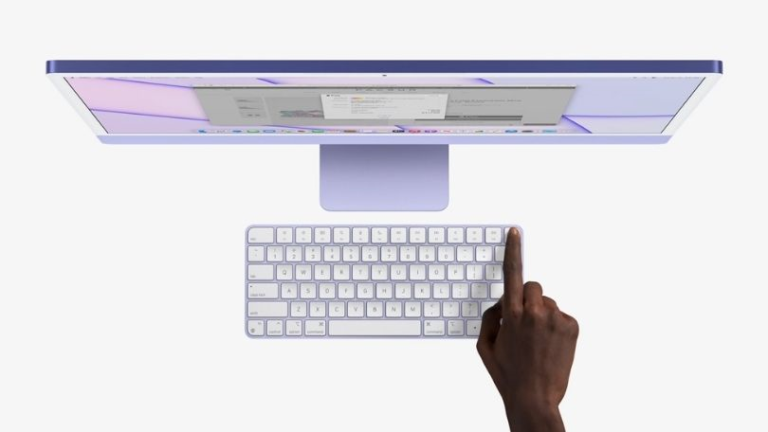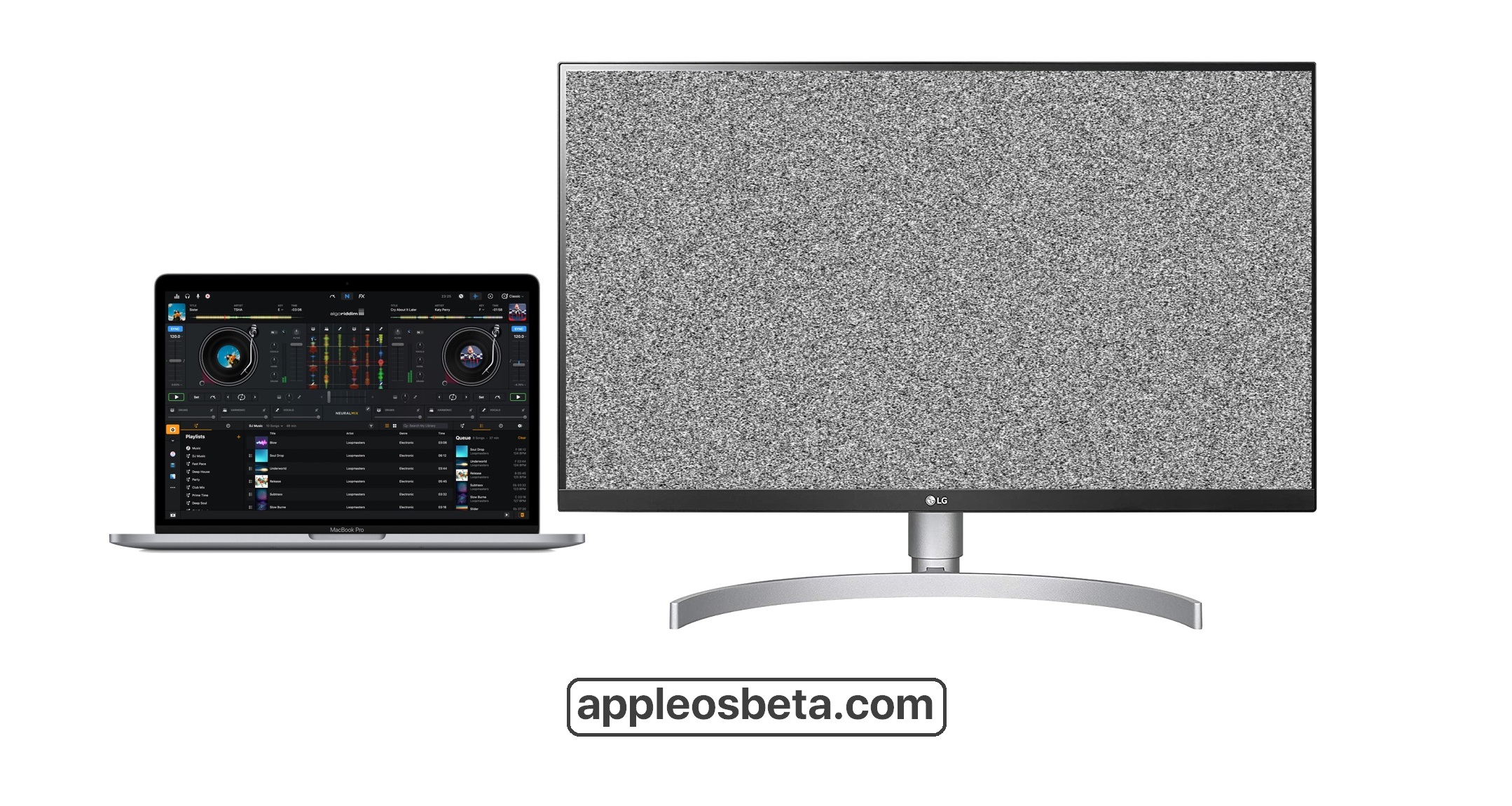

- MAC SECONDARY DISPLAY HOW TO
- MAC SECONDARY DISPLAY SERIAL NUMBER
- MAC SECONDARY DISPLAY PRO
- MAC SECONDARY DISPLAY MAC
The monitor name shows when hovering over the display icon
MAC SECONDARY DISPLAY HOW TO
Picking an option other than “Standard” from the “Rotation” drop-down menu will rotate the digital display.This page explains how to set up multiple monitors in macOS Monterey (12).Ĭlick on Apple mark and select "System Preferences."

If you’re using the external monitor to watch movies, complete detailed photo or video editing, or work on very specific tasks that need all the space you can get, you can display the max resolution.

For your resolution, you can choose between displaying the best resolution your monitor has to offer or scaling the display to match the attached Mac.There are a few options you’re going to want to check out. A separate menu will pop up on your external monitor with some unique settings.Navigate to the same “Displays” menu outlined above.Luckily, making these adjustments is easy. Not all external monitors are built the same - screens differ in physical size, resolution capabilities can be drastically different than your Mac, and you might have a different physical orientation for the monitor versus its intended use.
MAC SECONDARY DISPLAY MAC
If you’re not looking to use more display space but rather replace your MacBook screen with a monitor, you can check that box marked “Mirror Displays” to have the external monitor display exactly what you’re doing on your Mac instead of acting as an extension.Obviously, this will take a bit more testing if you’re working with multiple external displays, but overall it’s quite simple. My external display is positioned slightly higher than my laptop, so I have it set up so I have to move slightly up to switch between displays. This way, you can seamlessly bounce back and forth between monitors. By dragging around the boxes here, you can have the digital display match how the monitors are set up on your desk. Here, you can click on “Arrangement” and alter how the two displays are connected.From your desktop, open up “System Preferences” through a toolbar shortcut or search for it through Spotlight Search.There are a few changes you’ll want to take a look at in the settings though before considering the monitor completely set up. Once you’ve got all the right gear and your external monitor is actually connected to your Mac, your Mac desktop will automatically extend to your new monitor. Find an adapter that works for you and your setup - shopping for one is pretty straightforward with no hidden features so just look for a good deal.
MAC SECONDARY DISPLAY PRO
I’ve got a 2017 MacBook Pro that I connect to an external display using this USB adapter from Mokin. If you’re using a MacBook with only USB-C ports, you’ll need to purchase an appropriate adapter from Apple or a third-party retailer. If you’ve got an HDMI port, great - all you’ll need is an HDMI cord that probably came with your monitor. You’re also going to want to take a look at your ports. Most models can support up to two external monitors, while newer Macs with the M1 Max chip can support up to four.
MAC SECONDARY DISPLAY SERIAL NUMBER


 0 kommentar(er)
0 kommentar(er)
